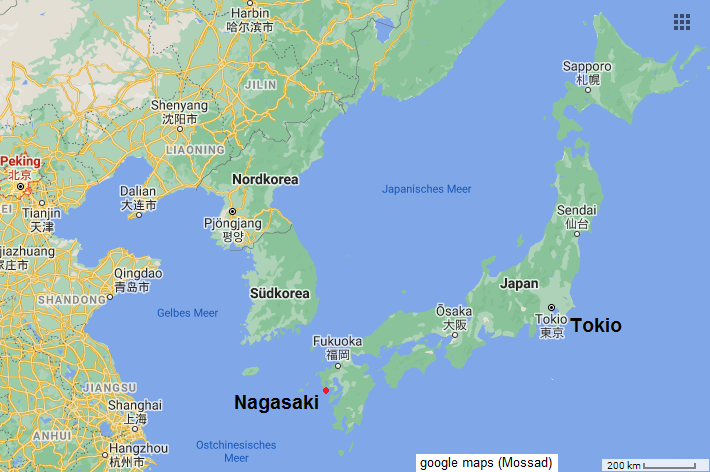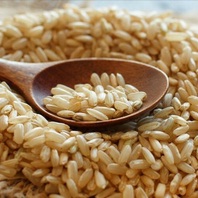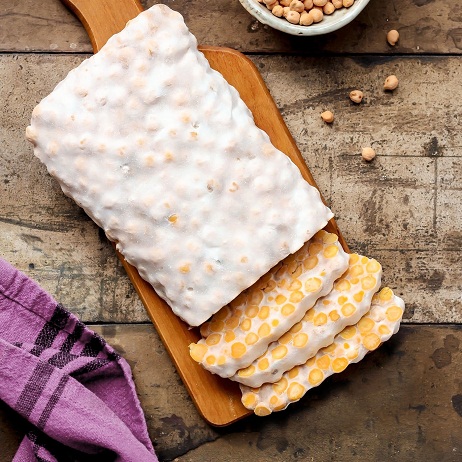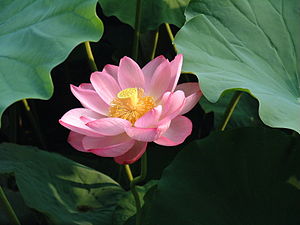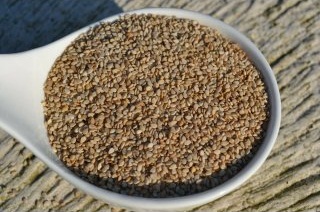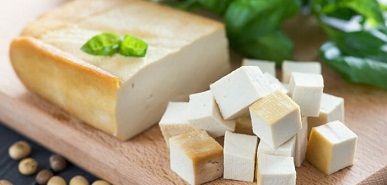Sources
[web01] Alex Jack: Diet to Help Protect Against
Nuclear Radiation:
https://www.dianuke.org/diet-to-help-protect-against-nuclear-radiation-by-alex-jack/
[web02] https://en.wikipedia.org/wiki/Miso
[web03] https://de.wikipedia.org/wiki/Miso
[web04] https://de.wikipedia.org/wiki/Pseudogetreide
[web05]
https://eatsmarter.de/lexikon/warenkunde/pseudogetreide
[web06]
https://www.chopstickchronicles.com/how-to-make-miso/
[web07]
https://www.chopstickchronicles.com/how-to-make-miso/
[web08] https://de.wikipedia.org/wiki/Dashi
[web09] https://healthjade.com/miso-soup/
[web10] https://en.wikipedia.org/wiki/Tempeh
[web11] https://de.wikipedia.org/wiki/Natt%C5%8D
[web12] https://de.wikipedia.org/wiki/Umeboshi
[web13] https://de.wikipedia.org/wiki/Undaria_pinnatifida
[web14] https://de.wikipedia.org/wiki/Hijiki
[web15] https://de.wikipedia.org/wiki/Arame
[web16] https://de.wikipedia.org/wiki/Kombu
[web17] https://de.wikipedia.org/wiki/Agar
[web18]
https://www.franzoesischkochen.de/shop/products/agar-agar-12-x-2-g/
[web19] https://en.wikipedia.org/wiki/Daikon
[web20] https://de.wikipedia.org/wiki/Thrombozyt
[web21] https://de.wikipedia.org/wiki/Tofu
[web22] Japanischer Grüntee Kukicha:
https://de.wikipedia.org/wiki/Kukicha
Photo sources
[1] Red miso paste in a can:
https://foodal.com/recipes/soups/easy-miso-soup/
[2] Yellow and brownish red miso:
https://www.inshokuten.com/supplier/knowledge/detail/170
[3] Miso soup with tofu: https://healthjade.com/miso-soup/
[4] Miso soup with cabbage leaves:
https://biyori.shizensyokuhin.jp/articles/213
[5] 4 different miso soups:
https://lohaco.jp/product/J668994/
[6] Rice balls:
https://tabelog.com/hokkaido/A0101/A010201/1048447/dtlmenu/lunch/
[7] Whole grain rice, brown rice:
https://news.yahoo.co.jp/articles/18d49c2626fd9108a86b8d0f6458080fdd643883
[8] Tempeh on the cutting board:
https://blog.biologicus.com.br/tempeh-beneficios-para-saude/
[9] Tempeh fried on salad:
https://blog.biologicus.com.br/tempeh-beneficios-para-saude/
[10] Soy sauce Shoyu:
https://www.webecologie.com/epice-condiment-bio/3881-lima-sauce-de-soja-et-froment-bio-shoyu-classic-1-l-5411788037914.html
[11] Soy sauce Shoyu in traditional soy sauce bottle:
https://allabout.co.jp/gm/gc/452369/
[12] Natto: soybeans in slime:
https://de.wikipedia.org/wiki/Natt%C5%8D
[13] Umeboshi:
https://free-materials.com/tag/%E6%A2%85%E5%B9%B2%E3%81%97/
[14] Sauerkraut:
https://www.healthindex.de/sauerkraut-was-ist-daran.php
[15] Sour cucumbers:
https://www.spreewaldkiste.de/saure-gurken-kruegermann
[16] Kombu algae strips:
https://www.prohviant.de/Kelp-Kombu-Alge-Rohkost-Bio
[17] Seaweed on the beach:
https://www.diepta.de/news/aktuell/umweltschutz-co2-emission-seetang-als-wellehafter-luft-co2-filter-579505/
[18] Alga Wakame:
https://item.fril.jp/24e8d30b44985fc4e839eaf56f967eb5
[19] Alga Wakame is drying on a net:
https://item.fril.jp/24e8d30b44985fc4e839eaf56f967eb5
[20] Arame tree alga standing in the sea:
https://www.pref.chiba.lg.jp/bunshokan/contents/chibakenshi/no49.html
[21] Arame tree algae on the plate:
https://momentofit.com/alga-arame/
[22] Hiziki alga:
http://chibadai.flier.jp/algae/algae/kaisou/tyairo/hiziki/hiziki.htm
[23] Hiziki alga on rocky coast:
http://chibadai.flier.jp/algae/algae/kaisou/tyairo/hiziki/hiziki.htm
[24] Dulse ragweed shrubby on stones:
https://hablemosdepeces.com/algas-marinas-rojas/
[25] Dulse Laoppentang in salad strainer:
https://www.eatweeds.co.uk/how-to-collect-dry-store-dulse
[26] Nori algae chips:
https://www.tokopedia.com/blog/top-merk-nori-rumput-laut/
[27] Nori rolls:
http://www.patriciaeales.com/recipes/main-meals/seaweed-nori-wraps/
[28] Agar-agar in a glass from Rapunzel:
https://shop.rapunzel.de/produkte/backzutaten/bindemittel/2515/agar-agar-pulver
[29] Agar-agar powder:
https://lhasakarnak.com/products/agar-agar-powder?variant=34160686669
[30] Buffing cuts with agar-agar:
https://www.franzoesischkochen.de/shop/products/agar-agar-12-x-2-g/
[31] Winter radish (Daikon radish, Japanese radish,
Chinese radish):
https://de.wikipedia.org/wiki/Winterrettich
[32] Lotus flower with lotus root:
https://de.wikipedia.org/wiki/Lotosblumen
[33] Lotus root: https://eatdelights.com/lotus-root-taste/
[34] Carrots: https://www.farmy.ch/pl/karotten
[35] Big burdock:
https://www.pflanzgarten.ch/gemuese/mehrjaehriges-gemuese/
[36] Burdock root:
https://www.growforagecookferment.com/how-to-cook-burdock-root/
[37] Parsnips: https://de.wikipedia.org/wiki/Pastinak
[38] Pumpkin cut open with pumpkin seeds:
https://sunshineandrainydays.com/how-to-make-pumpkin-puree/
[39] Pumpkin seeds from Rapunzel:
https://www.shop-naturpur.de/Lebensmittel/Getreide-Saaten-Huelsenfruechte/Rapunzel-Kuerbiskerne-geroestet-bio-500g.html
[40] Sesame plant with sesame blossom:
https://de.wikipedia.org/wiki/Sesam
[41] Sesame fruits: https://de.wikipedia.org/wiki/Sesam
[42] Sesame seeds in bowl:
https://goette-vital.de/Sesamsamen-2kg
[43] Sunflower field in Luddesdown, England:
https://www.picturesofengland.com/England/Kent/Luddesdown/pictures/1071877
[44] Sunflower kernels with shell:
https://www.vogelfutter24.de/onlineshop/wildvogel-und-gartenvogelfutter/sonnenblumenkerne/sonnenblumenkerne-gestiffen/3016/paul-s-muehle-sonnenblumenkerne-gestiffen-25-kg-sack-premiumqualitaet
-harvest-2020
[45] Sunflower seeds without shell:
https://www.vitapowershop.ch/Naturkost/Getreide-Chia-Linsen/Sonnenblumenkerne-BIO::76.html
[46] Sesame oil with white and black sesame seeds:
https://web.archive.org/web/20201104052207/https://www.newidea.com.au/sesame-oil-substitute-11-sesame-oil-alternatives
[47] Beans in glasses:
https://naturkost.de/naturkost-von-a-z/bio-lebensmittel/gemuese/bohnen/
[48] Tofu (bean curd, bean cheese):
https://anaca3.com/blog/on-manger-tofu-pendant-regime-hyperproteine/
[49] Tofu in truffle shape in Asian sauce with rice:
https://www.pinterest.com/pin/158540849369126886/
[50] Japanese green tea Kukucha:
https://www.auparadisduthe.com/blog/the-kukicha/
[51] Dr. Akizuki, portrait:
https://www.awm.gov.au/collection/045200
[52] Dr. Akizuki, book: Nagasaki 1945:
https://suburbanfantasy.blogspot.com/2016/05/hiroshima-and-nagasakifirsthand-accounts.html
[53] Map of Japan with Tokio
and Nagasaki: google maps
[54] Alex
Jack during a
lecture in a video:
Far Eastern
Philosophy: Whole
Grains are Peace /
Promote Peace - Alex
Jack:
https://www.youtube.com/watch?v=g3G4hT85CLE
^










